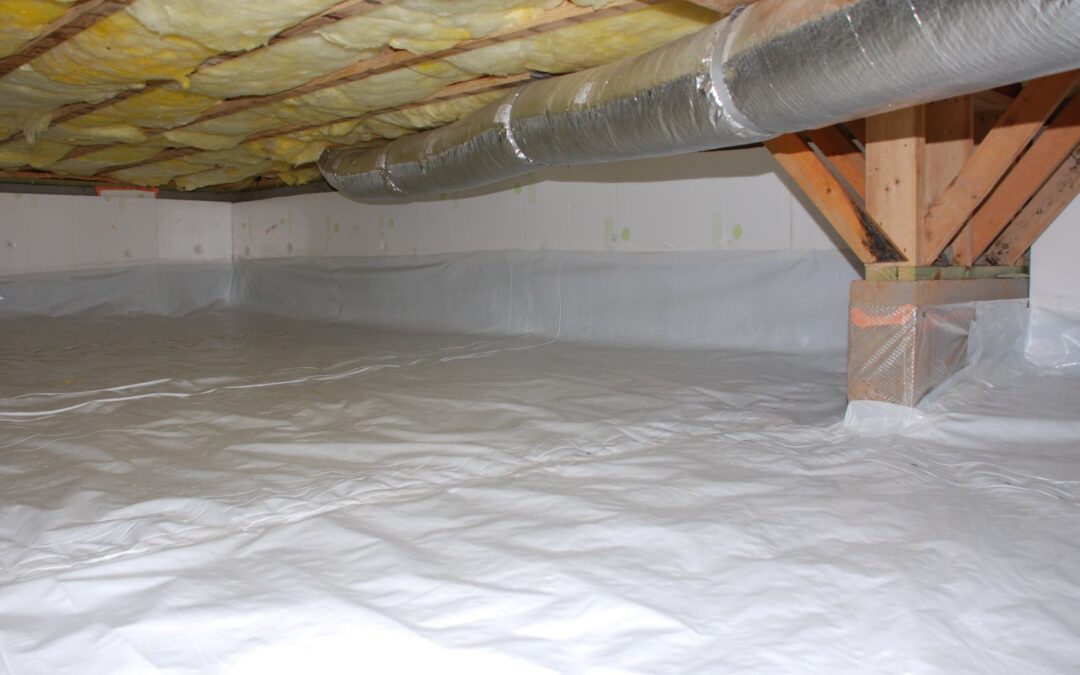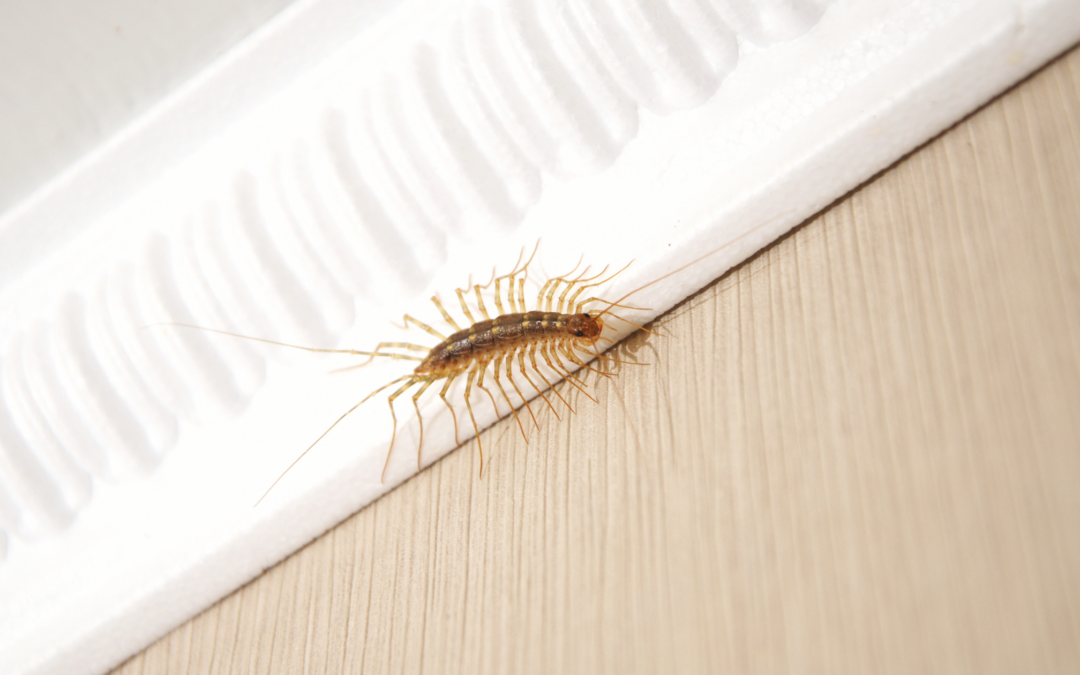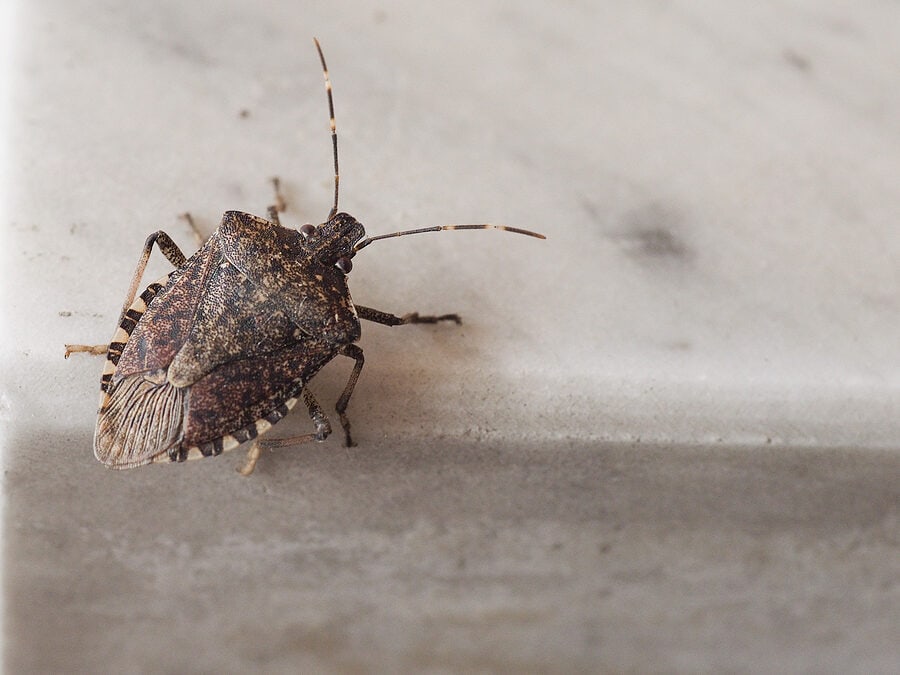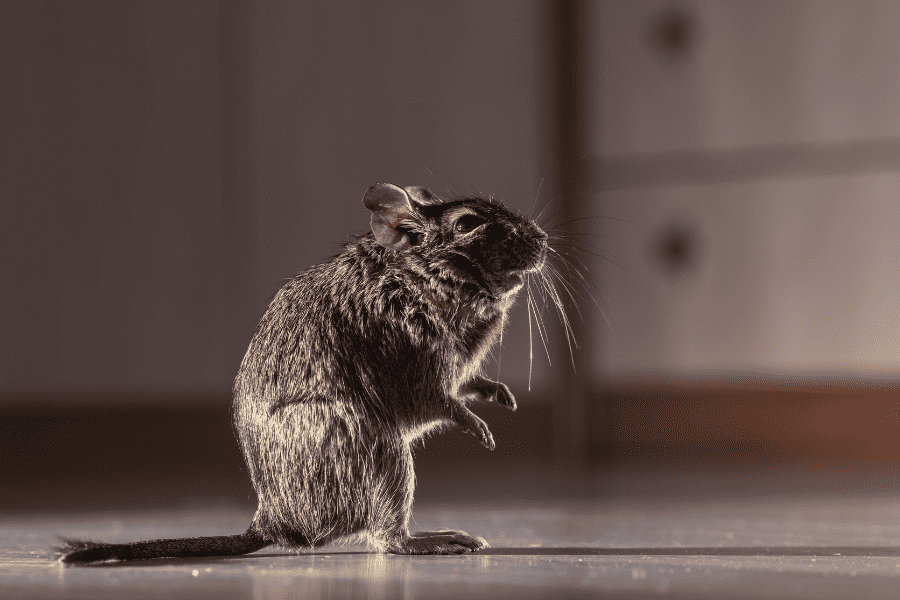READY TO GET STARTED?
REQUEST A FREE ESTIMATE
Fill out the form below or call (888) 466-7849 for a free, no-obligation estimate.

Your Tennessee home’s crawlspace plays a significant role in the health and safety of your family and overall property. If crawlspaces are not properly taken care of, it can lead to pest infestations, foundation damage, poor indoor air quality, and potential health hazards! Luckily, crawlspace encapsulation looks to address these concerns. We break down all you should know about crawlspace encapsulation and how to maintain a healthy crawlspace!
Encapsulation is the process of sealing your crawlspace with a barrier to prevent moisture from entering. A crawlspace professional will install this moisture or vapor barrier on the floor and walls of the crawlspace, allowing moisture to stay out to prevent fungi growth and other moisture-related problems.
Along with preventing fungi growth and excessive moisture, there are several benefits to enclosing your crawlspace! Moisture can affect several factors inside your home, Including:
Enclosing your crawlspace is a great way to avoid moisture, but the care for your crawlspace doesn’t stop there! It’s important to continue taking care of the space even after it’s enclosed. Regularly check for signs of moisture such as dampness or standing water. If you notice moisture buildup, address it as soon as possible. Additionally, consider installing screens over vents or openings in your crawlspace to prevent pests from entering. Remove any debris or clutter you might see, as pests use it to hide. Lastly, schedule regular inspections with your Nashville pest control company to ensure the area is free of pests and other problems.
If you think it’s time to enclose your crawlspace or would like more information on various crawlspace care solutions, call a pest control company near you for a free inspection!

Centipedes: those creepy crawlers that send shivers down our spines when we encounter them scurrying across the floor. But beyond their unsettling appearance, many homeowners wonder: can centipedes bite or sting? Let’s dive into the facts and debunk the myths surrounding these household pests.
Centipedes are elongated arthropods with multiple pairs of legs, ranging from 15 to 177 pairs depending on the species. They typically have a flattened body and are light brown to dark brown or even reddish in color. One distinguishing feature is their long antennae and the pair of venomous claws located behind their head, known as forcipules.
Spotting a centipede indoors is often the first sign of an infestation. They tend to hide in dark, damp areas such as basements, bathrooms, and crawl spaces during the day and come out at night to hunt for prey.
While centipedes may look intimidating, they are generally not aggressive towards humans. However, if threatened or mishandled, they can deliver a painful bite using their venomous claws. While the venom is not typically dangerous to humans, it can cause localized pain and swelling.
Centipedes can be beneficial to your property by preying on other household pests such as cockroaches, spiders, and silverfish. However, their presence in large numbers can indicate an underlying pest problem that needs to be addressed.
Prevention is key when it comes to controlling centipedes in your home. Here are some tips to keep them at bay:
Don’t let centipedes and other household pests invade your space. Take proactive steps to protect your home and family by partnering with a trusted pest control company. Contact a pest control company near you today for a free pest control quote and let our experienced technicians help you reclaim your home from unwanted intruders.
While centipedes can bite if provoked, they are generally not a significant threat to humans. However, their presence can indicate underlying pest issues that need to be addressed. By following preventive measures and seeking professional pest control assistance when needed, you can effectively manage centipedes and enjoy a pest-free home environment.

Swarming termites, or alates, are often seen in the spring and summer months. While they might seem alarming, these pests do not bite, sting, or chew wood. Instead, swarming termites indicate they an established termite colony is close by, which can be problematic for your home and family. But when does swarming season begin and how do you know if termites have invaded your Florida property? We breakdown what you should know about termite swarms.
Swarming season often depends on the type of termite; however, in Florida we have two common termites to lookout for: subterranean and drywood termites. Subterranean termites swarm during the spring and early summer months. Drywood termites tend to swarm in the late spring to end the summer. Termite swarms are also determined by weather, with rainstorms and overcast increasing swarm activity.
Termites swarm to both reproduce and expand their colony. Once a colony has reached its capacity of termites, the swarming process begins, leaving their existing one to start a new. The number of termites that will swarm will often depend on the type of termite species and colony size.
Preventing swarming termites starts with preventing termite colonies from establishing. There are several preventative measures you can place at your home to avoid termite swarms and keep termites from establishing, including:
If you suspect swarming termite activity nearby or a termite infestation at your home, it’s best to call your local pest control company for help. Termite professionals will give you a thorough evaluation and the best termite treatment and prevention plan.

As the temperatures drop in Georgia and winter sets in, many pests seek refuge within the warmth of our homes. These unwelcome visitors, known as overwintering pests, can pose serious hazards to both our homes and our health. In this blog post, we will explore common overwintering pests, how they find their way into our homes, the risks they present, when they emerge, and most importantly, how to prevent their invasion. If you find yourself facing a pest problem, don’t hesitate to take action – request a free pest control quote today.
Overwintering pests use various entry points to infiltrate your home. Common entryways include gaps around windows and doors, cracks in the foundation, and openings around utility pipes. Once inside, they seek out warm and secluded areas to hibernate during the colder months.
While overwintering pests are generally not harmful to humans, they can become a nuisance in large numbers. Some pests may release unpleasant odors or stains when disturbed, while others, like stink bugs, emit a foul-smelling liquid as a defense mechanism. Additionally, the presence of these pests can lead to contamination of stored food items.
Overwintering pests typically emerge in the spring as temperatures rise. The emergence can be sudden and overwhelming, leading to a surge in pest activity. This is the time when homeowners often notice an increased presence of these pests in and around their homes.
If you’re concerned about overwintering pests invading your home, take action now. Request a free pest control quote from your local pest control company and ensure a pest-free environment for you and your family.
Understanding the behavior of overwintering pests and implementing preventive measures is key to safeguarding your home. By following these tips and being proactive, you can enjoy a pest-free living space even during the colder months. Don’t let winter pests take over – request your free pest control quote today.

Contamination, disease, and property destruction are all possible in your home if a rodent invades it! Rodents, including mice and rats, can be destructive creatures and once they’ve invaded your home, it can be difficult to remove them since they reproduce so quickly! One of the best ways to ensure these pests don’t enter your Florida home is taking the necessary precautions to avoid them in the first place. We break down the types of rodents to be cautious of and our best do-it-yourself rodent prevention tips to keep rodents out of your Sunrise home.
Rodents are attracted to food, water, and available shelter, so it’s crucial to eliminate these factors from your property to avoid a rat and mouse infestation. Check out our DIY rodent prevention tips for your Florida property:
If you suspect you have a rodent infestation or are interested in getting ahead of preventing them, call your local pest control company. Professionals will provide you with a thorough inspection, identification of the rodent, possible entry points, and a rodent control and prevention plan.